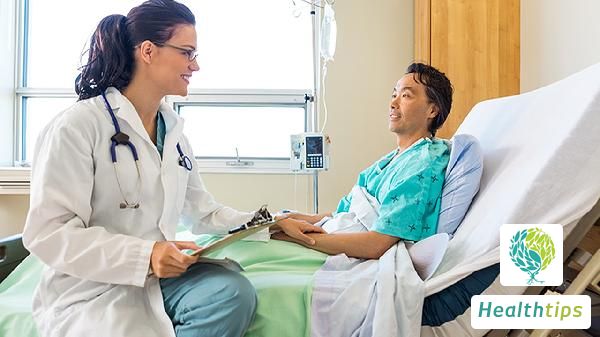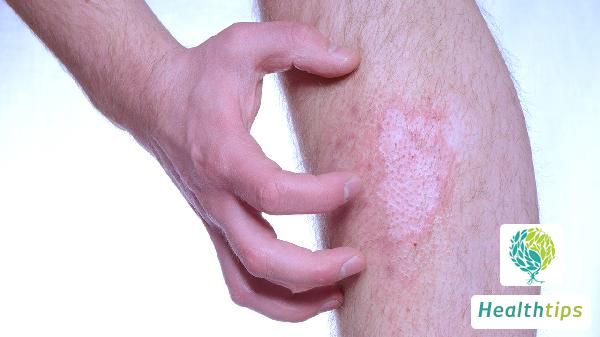"Could prolonged use of bare-leg wonders cause mobility issues and exacerbate varicose veins in women?"
With the arrival of cold air, nude-colored tights, known as "bare-legged wonders," have reappeared on the scene. Ms. Su (pseudonym), 26 years old, wore her bare-legged wonders virtually non-stop except for sleep, until significant edema developed in her lower limbs after half a month, eventually preventing her from spreading her legs. She then took time off work to visit the Changjiang Shipping General Hospital. After a thorough understanding of the onset of the disease and completing necessary examinations, the attending physician, Hong Zhenfei, concluded that Ms. Su's varicose veins had worsened due to wearing the wrong type of "bare-legged wonders." (Source: Xibu Decision)

Varicose Veins: A Common Vascular Condition
Varicose veins are a prevalent vascular disease primarily caused by weakness in the venous wall or localized blood stagnation, leading to tortuous and dilated veins. This condition typically occurs in the superficial venous system of the lower limbs, such as the great saphenous vein and its branches. Possible causes include:
- Inherent Defects in Venous Wall Structure: Some individuals have naturally weaker venous walls that easily dilate under venous pressure.
- Incompetent Venous Valves: Venous valves prevent blood reflux. If the valves malfunction, blood reflux is hindered, increasing venous pressure and causing varicose veins.
- Prolonged Standing or Sitting: Increases venous pressure in the lower limbs, making blood reflux more difficult.
- Obesity: Excess weight elevates venous pressure in the lower limbs, raising the risk of varicose veins.
- Chronic Diseases: Conditions like chronic cough or long-term constipation can increase abdominal pressure, affecting venous blood reflux in the lower limbs.
Symptoms of Varicose Veins
Symptoms of varicose veins may include:
- Locally prominent, dilated, and tortuous veins, particularly on the legs.
- A heavy, achy, numb, or painful sensation in the legs.
- Pigmentation, desquamation, eczema, or chronic ulcers on the skin of the lower legs.
- Symptoms may worsen after prolonged standing or sitting.
- In later stages, edema and severe skin changes may occur.
In the early stages, varicose veins may exhibit no noticeable symptoms, but over time, they gradually manifest and worsen. Therefore, individuals who stand or sit for extended periods, those who are obese, and other high-risk groups should undergo regular health checkups to detect and treat varicose veins promptly. Avoiding tight clothing, hot water, and prolonged cross-legged or leg-lifting postures can also help reduce the risk of varicose veins.



















